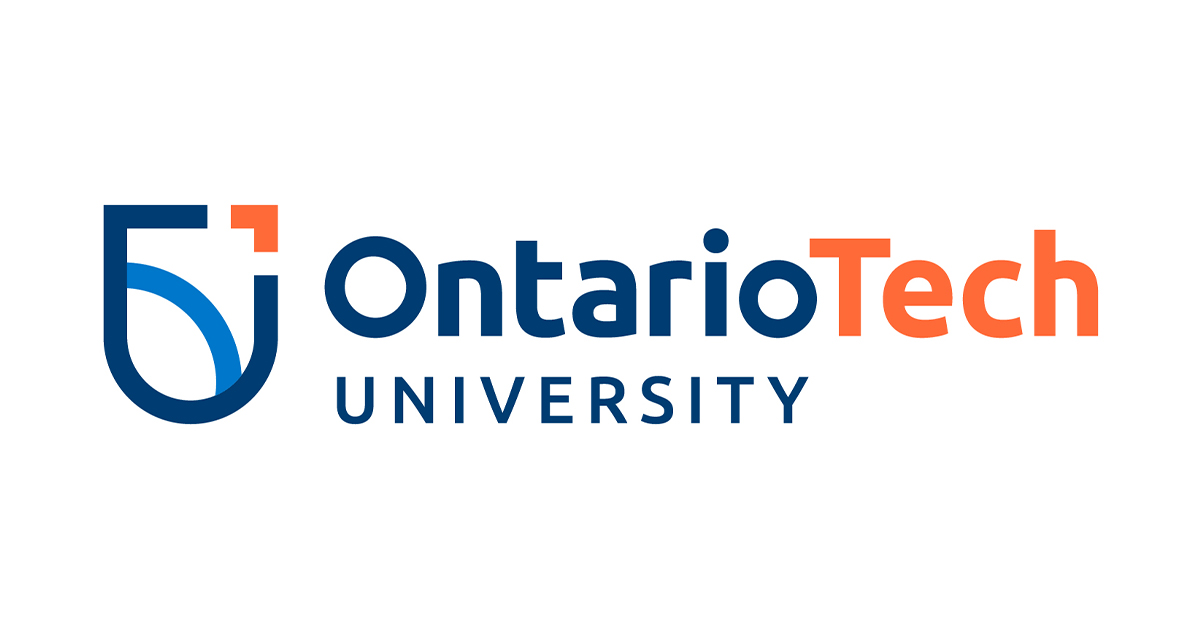Paraphrasing
Video Resources
For more information on quoting and paraphrasing effectively, watch the following videos:
Video one: Quotations and citations
Video two: How to paraphrase
Video three: Paraphrasing ideas in your writing
Video four: Paraphrasing process demonstration
Video five: Quotation paraphrase and summary
Video six: What is paraphrasing
Video seven: Why references?
Since a writer should only quote what is concise, memorable or authoritative, every other piece of evidence should be paraphrased or summarized.
It is important to paraphrase the sourced material correctly, so the difference between the writer’s words and the sourced author’s words is clear in the writing.
Therefore, a paraphrase must:
• Refer to the source’s author.
• Be the same length as the sourced material.
• Contain all of the same ideas from the material.
• Change the keywords from the source.
• Modify the sentence structure from the source.
• Exclude your opinion.
• Be well-written.
Example:
Original Quote:
All the studies simply report if there are significant differences in college students' views about academic honesty based on nationality and assume the differences are, in large part, caused by different cultures. These studies rely on a framework that assumes that all individuals in a given country are homogeneous in terms of their culture…, minimizing the necessity of measuring culture. Consequently, cultural differences are assumed to exist if the students are from different countries. This is unfortunate because there is some evidence that there are cultural differences between individuals within a country (e.g. ethnic differences) that affect ethical decision making. (Payan, Reardon, & McCorkle, 2010, p. 276)
Payan, J., Reardon, J., & McCorkle, D.E. (2010). The effect of culture on the academic honesty of marketing and business students. Journal of Marketing Education, 32(3), 275-291.
Correct Paraphrase:
Payan, Reardon, and McCorkle (2010) argued that all prior studies have concluded that the substantial differences in the views of students towards issues of academic honesty are based on cultural differences. However, they pointed out that such studies make assumptions that people within a country all have the same culture, and therefore, undermines the importance of measuring culture. They stated that cultural differences do not only apply to people of different countries because there can be cultural differences within a country, for example, ethnic differences. Accordingly, such differences play a part in each individual’s ethical decision-making process.
